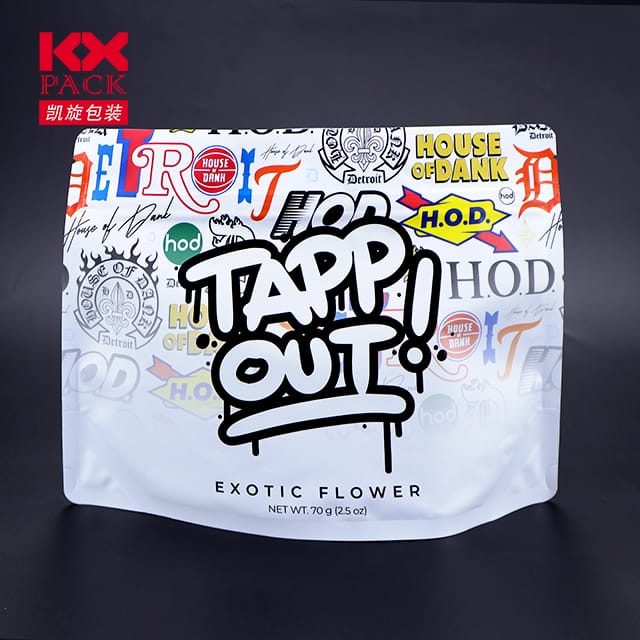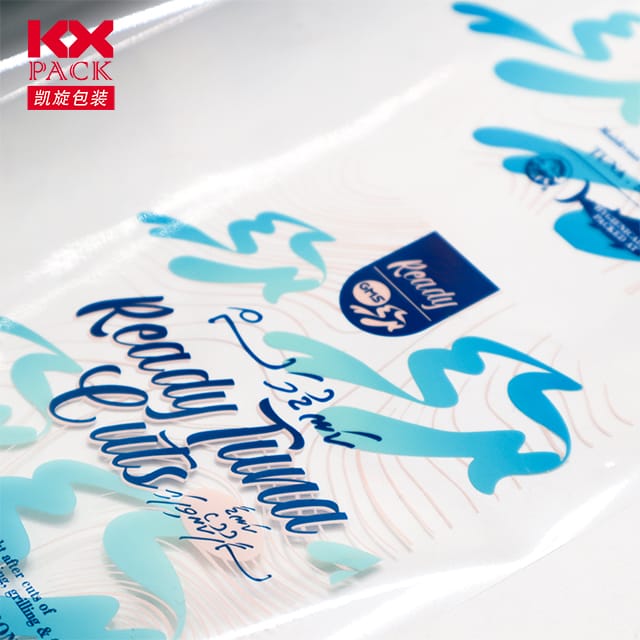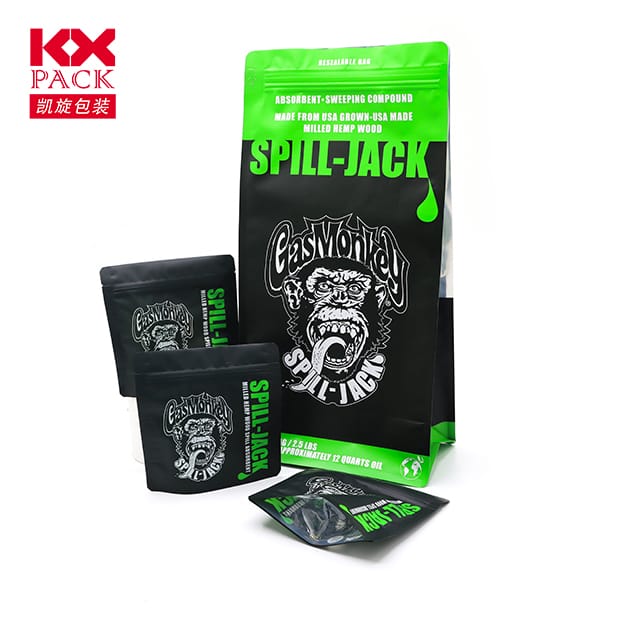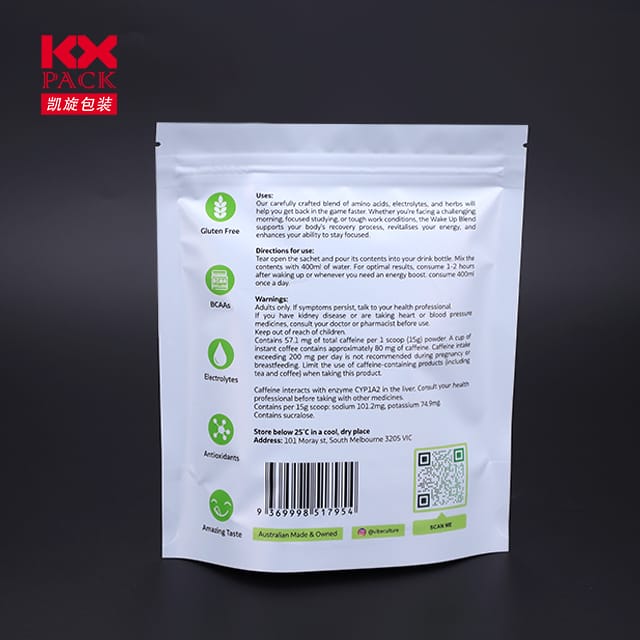Przyszłość filmów opakowaniowych: Zrównoważony rozwój, Innowacja, i poza (1)
Filmy opakowania żywności
In an era where environmental consciousness is reshaping consumer habits, the role offolie do pakowania żywności has moved beyond mere preservation to become a critical component of sustainable food systems. Od przedłużenia okresu trwałości do zmniejszenia odpadów, these thin layers of polymer play a dual role in safeguarding food quality and protecting the planet. Przeglądajmy najnowsze trendy, wyzwania, and innovations in food packaging films.
1. The Evolution of Food Packaging Materials
Traditional Filmy opakowania żywności, such as polyethylene (PE), polipropylen (PP), i tereftalan polietylenowy (ZWIERZAK DOMOWY), have long dominated the market due to their durability, elastyczność, i opłacalność. Jednakże, their non-biodegradable nature has sparked urgent calls for alternatives. Wchodzić biodegradable and compostable films wykonane z materiałów takich jak kwas polimlekowy (PLA), polyhydroxyalkanoates (PHA), and algae-based polymers. These innovations aim to reduce plastic pollution while maintaining functionality.
Key Innovations:
- Nano-enhanced Films: Embedded with antimicrobial nanoparticles (NP., silver or zinc oxide) to inhibit microbial growth without preservatives.
- Edible Coatings: Made from proteins, polysaccharides, or lipids, these films are safe to consume and reduce waste.
- Inteligentne opakowanie: Sensors embedded in films can monitor freshness, temperatura, or spoilage, alerting consumers via color changes or QR codes.
2. Wyzwania i rozwiązania w zakresie zrównoważonego rozwoju
Globalny Filmy opakowania żywności industry faces a paradox: 8 million tons of plastic waste enter oceans annually, yet packaging prevents 27% of food loss. Striking a balance requires rethinking material choices and end-of-life strategies.
Wyzwania:
- Złożoność recyklingu: Multi-layer films are hard to recycle, leading to contamination in recycling streams.
- Cost Barriers: Biodegradable alternatives are often pricier due to scaling limitations.
- Consumer Confusion: Etykiety takie jak “ulegające biodegradacji” Lub “kompostowalny” can mislead without proper disposal infrastructure.
Solutions:
- Modele gospodarki o zakładzie: Closed-loop systems where used films are collected, recycled, and repurposed.
- Policy Push: Governments are incentivizing eco-friendly packaging (NP., Dyrektywa UE z jednorazowym użyciem tworzyw sztucznych).
- Współpraca: Partnerships between brands, material scientists, and waste management firms to streamline solutions.
3. Trends Shaping the Industry
- Rise of Plant-Based Polymers: Filmy opakowania żywności Materials derived from corn, potato starch, or mycelium (mushroom roots) zdobywają przyczepność.
- Opakowanie minimalistyczne: Brands like M&S and Loop are adopting refillable containers and zero-waste designs.
- Carbon Footprint Tracking: Life-cycle assessments (LCAs) are becoming standard to quantify environmental impact.
Studium przypadku: Danish companyNotpla creates seaweed-based packaging that dissolves in 4-6 weeks. Partnering with Just Eat, they replaced 500,000 plastic sauce sachets with marine-friendly alternatives.
4. The Consumer-Brand Dynamic
Modern shoppers prioritizetransparency and purpose. A survey by McKinsey found that 70% of consumers are willing to pay more for sustainable packaging. Brands that communicate their eco-efforts authentically—e.g., Patagonia’s 100% compostable snack bags—build trust and loyalty.
5. Patrząc w przyszłość: What’s Next?
The future of food packaging films lies inhybrid solutions:
- Bio-based + Smart Technology: Films that are both compostable and equipped with freshness sensors.
- Regional Adaptation: Tailoring packaging to local waste infrastructure (NP., compostable in urban areas, recyclable in regions with robust systems).
- AI-Driven Design: Algorithms optimizing material use and reducing over-packaging.
Wniosek
Food packaging films are no longer just a protective barrier—they’re a canvas for innovation, zrównoważony rozwój, and ethical responsibility. By merging cutting-edge materials with circular thinking, the industry can curb environmental harm while ensuring food security. As consumers, businesses, and policymakers align their efforts, the vision of a zero-waste food chain moves from aspiration to reality.
Let’s wrap up the future responsibly. 🌍🍎
Hashtagi: #SustainablePackaging #FoodTech #CircularEconomy #EcoInnovation #PlasticFree
This blog post balances technical insights with actionable trends, making it suitable for industry professionals, eco-conscious consumers, and sustainability enthusiasts. Would you like me to expand on any section or add specific data points?







